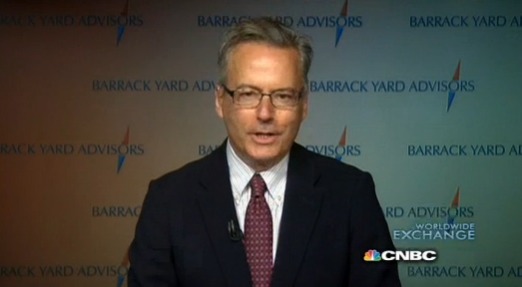November was a relatively quiet month for the U.S. equity markets.
The broad market indices managed to finish a second consecutive positive month, but were essentially flat by month’s end.
The S&P 500 Index edged up 0.05%, the Dow Jones Industrial Average rose 0.32% and the NASDAQ Composite Index gained 1.09%.

Earnings Improvement
As of November 27, 2015, 98% of companies have reported their third quarter earnings, with 74% reporting earnings per share higher than the 5-year average.
Overall, earnings have been 5.7% above expectations. Telecom Services, healthcare, and consumer discretionary sectors continue lead all sectors in reporting the highest earnings growth.
Energy and materials sectors, meanwhile, are reporting the largest decreases.
Japan Slump
Global economic data have not improved much.
Japan showed mild improvement of 1.4% in factory output, driven by higher demand for electronic devices and cars, and 1.8% in retail sales, boosted by Chinese tourism.
However, Japanese household spending and consumer inflation have decreased, pressuring the Bank of Japan to provide even more stimulus to the economy.
Paris Aftermath
On November 13, 2015, Paris suffered the worst terrorist attack in Europe in over a decade, but global markets were surprisingly unaffected.
The sectors hit the hardest were the travel and tourism industries, especially in France.
Mario Draghi, President of the European Central Bank, has already hinted at additional quantitative easing.
However, the ECB’s move to expand its bond purchasing program fell short of market expectations.
Fed Action
In the US, the Federal Reserve Bank is expected to raise interest rates for the first time in nearly a decade at their next meeting on December 16, 2015.
On December 2, 2015, Janet Yellen said that modest economic growth will likely continue, unemployment will continue to fall, and inflation will steadily rise, insinuating that the Fed will likely raise rates at their next meeting.
However, she also stated that additional data could still sway the Fed’s decision in December.
China
China’s manufacturing PMI has weakened to 49.6, the lowest in three years; however, markets are optimistic that the government will respond with more stimulus.
Additionally, the services sector provided a much healthier outlook for the economy—service sector PMI rose from 53.1 to 53.6, the highest level in four months.
Consumer spending jumped 11% in October as China continues to shift to a consumer and services oriented economy.
Yuan Power
The International Monetary Fund (IMF) has also announced that it will include the renminbi in its basket of global currencies, a signal of China’s increasing power as a global player in the international economy.
The commodities market remains depressed. Oil faces continued downward pressure, dropping 10.60% in the month of November.
It traded mostly in the $40’s, but dropped down to $38.99 at one point.
Energy Slump
Natural gas prices keep falling with weak heating demand as even warmer weather is forecast for this winter, dropping from $2.32 MMBtu (million British thermal units) to $2.24 MMBtu.
Gold has hit a 6-year low on November 27, 2015 and ended the month 6.63% lower at $1,065.80. Gold has been hurt by the strong dollar as it becomes more expensive as the U.S. dollar rises.
Mighty Dollar
The U.S. dollar has continued to gain strength, with the U.S. Dollar Index increasing 3.29% in November to 100.21 with expectations of an interest rate hike.
The 10-year Treasury bond continued to rise from 2.15% to 2.21% in November, as speculation of a rate hike increased.
If the Fed decides to raise rates, there could be another pull back in the market.
However, there is usually also a “Santa Claus” rally in the last week of December. How the markets finish out the year will set the landscape for 2016.
Photo Credit: Zooey via Flickr Creative Commons



